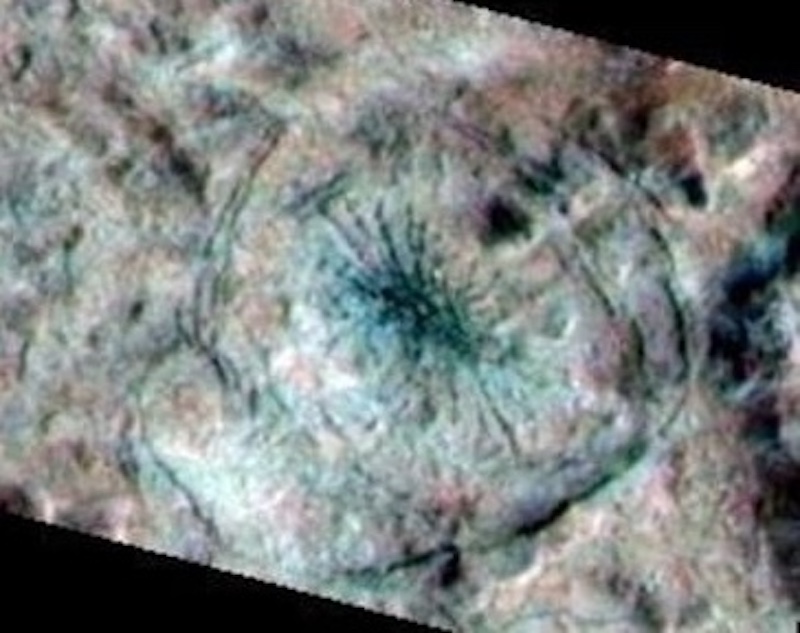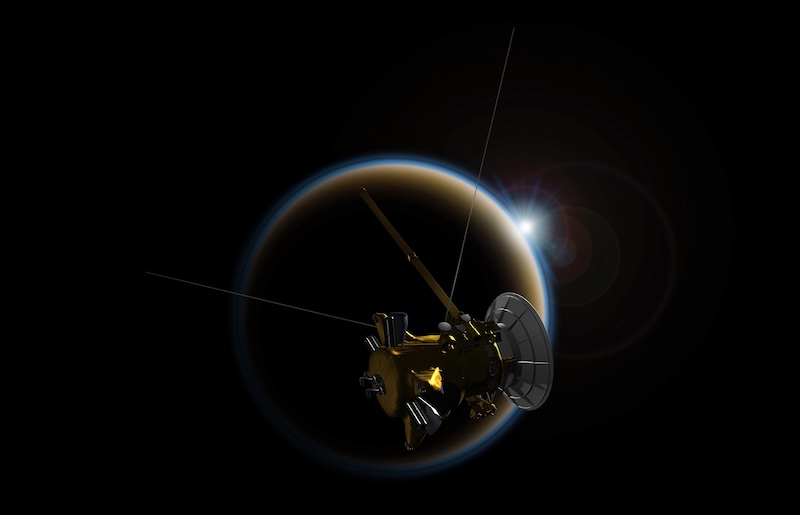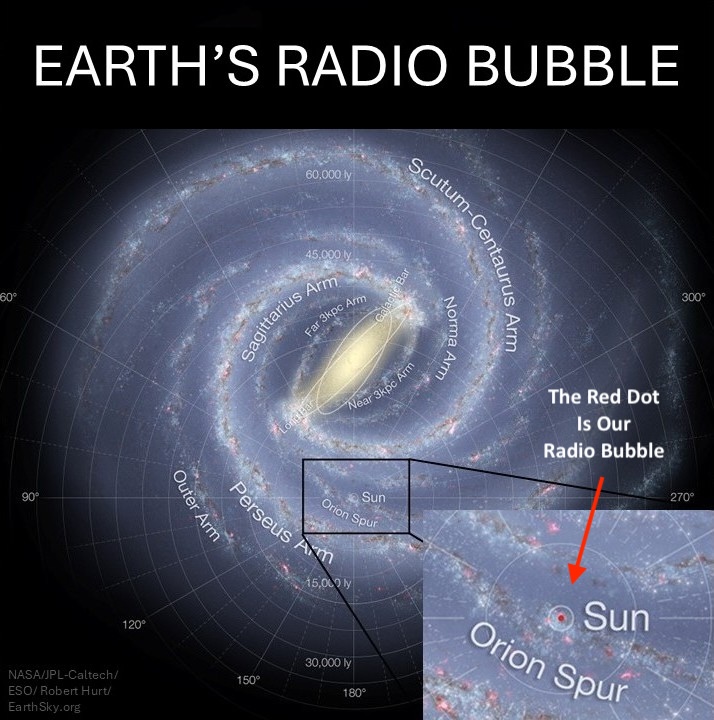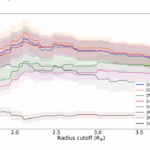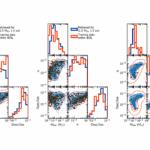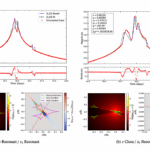Now Reading: Astronomers map giant starspots on distant XX Trianguli
-
01
Astronomers map giant starspots on distant XX Trianguli
Astronomers map giant starspots on distant XX Trianguli
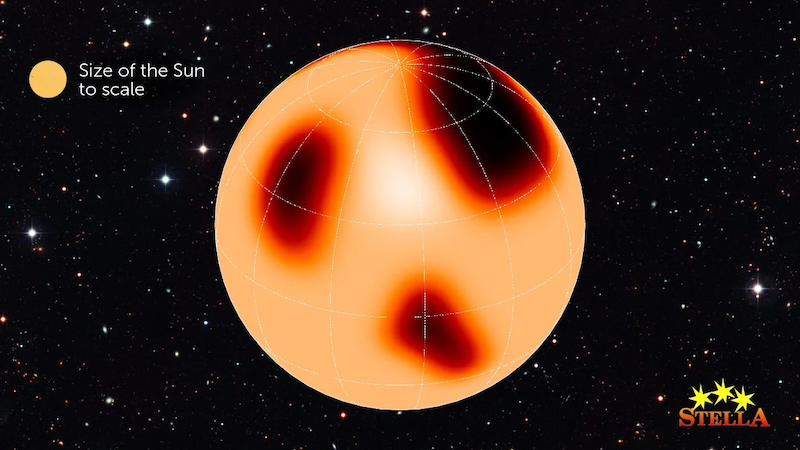

XX Trianguli as ‘the most spotted star in the sky’
If you follow EarthSky’s daily sun news, you know an active sun has many sunspots, or temporary dark spots on its surface. Our sun is a star, so it’s no surprise that distant stars have dark spots, too. Astronomers call them starspots. On December 4, 2024, astronomers at Konkoly Thege Miklós Astronomical Institute in Hungary said they’ve mapped starspots on a star called XX Trianguli. They found this star has enormous spots, bigger than our entire sun! But, unlike our sun – which waxes and wanes in activity over an 11-year cycle – XX Trianguli appears to lack a regular cycle of producing spots.
The researchers published their study in the peer-reviewed journal Nature Communications on December 4, 2024.
XX Trianguli is located in the direction of our northern constellation Triangulum. It’s about 642 light-years away. And this star is about the same mass as our sun. But the star is about 10 times bigger than our sun, because its outer layers have expanded outward.
In other words, XX Trianguli is a red giant, near the end of its evolutionary lifetime. Zsolt Kovári, at the Konkoly Observatory in Hungary, explained:
The large-amplitude variations in the brightness of the red giant XX Trianguli have been observed before, so it was also known that the variations were caused by dark spots, coming in and out view as the star rotates around its axis in 24 days. These spots are even larger than the entire surface of our sun, which is why XX Trianguli has been dubbed ‘the most spotted star in the sky.’
The sun’s a pretty stable star
The creation and maintenance of our sun’s magnetic field is thanks to what scientists call a solar dynamo. The movement of charged particles inside the sun, and the sun’s rotation, are the main drivers of this dynamo.
Characteristics of the sun’s magnetic field, in turn, drive the 11-year sun cycle of activity. Each cycle sees an increase, then a decrease, in sun surface phenomena such as solar flares and sunspots. Throughout 2024, our sun has been extremely active. Experts at NASA believe it reached the peak of the current sunspot cycle this fall.
XX Trianguli’s starspots show it’s a chaotic star
In contrast, the distant star XX Trianguli doesn’t have a regular sunspot cycle. In fact, the astronomers said its dynamo is
… Non-periodic, most likely chaotic in nature.
Kovári commented:
The solar dynamo shows a cyclic behavior in the number and distribution of sunspots that repeats every 11 years on average, known as the butterfly diagram. However, XX Trianguli is a red giant star about 10 times larger than the sun and its internal structure differs significantly from the sun’s, which is a main sequence dwarf. We found no evidence of similar cycles for XX Trianguli.
By studying stellar dynamos, we can also get closer to understanding the solar dynamo. Moreover, dynamo operation is not only responsible for the magnetic features on the sun or other spotted stars, but also the Earth’s magnetic field is created by a similar mechanism, which, on the other hand, happens to protect our technical civilization from harmful solar storms.
Our goal is to be able to observe the manifestations of the dynamo mechanism in as many stars with different characteristics as possible, since by knowing the similarities and differences, we will ultimately better understand the processes that shape our own environment.
This video about the starspots on XX Trianguli is from Konkoly Observatory in Hungary.
Mapping starspots on a distant star
From 2006 to 2022, scientists observed XX Trianguli using the STELLA robotic telescopes in Tenerife, Spain. This twin telescope system, operated remotely, is designed to monitor activity on the surface of stars.
Overall, the researchers collected over 2,000 XX Trianguli spectra (measurements of the star’s component colors) over 16 years. Then, they used the spectra to reconstruct 99 images of the star’s surface, using a technique called Doppler imaging.

Doppler imaging
Doppler imaging is a method for visualizing the surface of bright stars. Basically, using specialized equipment, astronomers break up a star’s light into its component colors. This observing technique is spectroscopy. Within this rainbow – or the spectrum – are dark spectral lines. Elements on the star’s surface, like sodium and calcium, create these lines by absorbing light at specific wavelengths. As the star rotates, wavelengths of light from different surface regions shift slightly from their expected positions (a phenomenon called the Doppler effect). With this in mind, astronomers use advanced calculations to interpret those shifts to produce a surface map of the star.
Kovári said the observations of this spotted star will continue and might reveal future details about the star’s dynamo operation.

Bottom line: Astronomers have mapped starspots over a 16-year period on a star named XX Trianguli using advanced Doppler imaging techniques.
Source: Long-term Doppler imaging of the star XX Trianguli indicates chaotic non-periodic dynamo
Read more: Polaris, the North Star, has spots on its surface
The post Astronomers map giant starspots on distant XX Trianguli first appeared on EarthSky.
Stay Informed With the Latest & Most Important News
Previous Post
Next Post
-
 01From Polymerization-Enabled Folding and Assembly to Chemical Evolution: Key Processes for Emergence of Functional Polymers in the Origin of Life
01From Polymerization-Enabled Folding and Assembly to Chemical Evolution: Key Processes for Emergence of Functional Polymers in the Origin of Life -
 02Panasonic Leica Summilux DG 15mm f/1.7 ASPH review
02Panasonic Leica Summilux DG 15mm f/1.7 ASPH review -
 03Two Black Holes Observed Circling Each Other for the First Time
03Two Black Holes Observed Circling Each Other for the First Time -
 04How New NASA, India Earth Satellite NISAR Will See Earth
04How New NASA, India Earth Satellite NISAR Will See Earth -
 05And Thus Begins A New Year For Life On Earth
05And Thus Begins A New Year For Life On Earth -
 06Astronomy Activation Ambassadors: A New Era
06Astronomy Activation Ambassadors: A New Era -
07SpaceX launch surge helps set new global launch record in 2024












